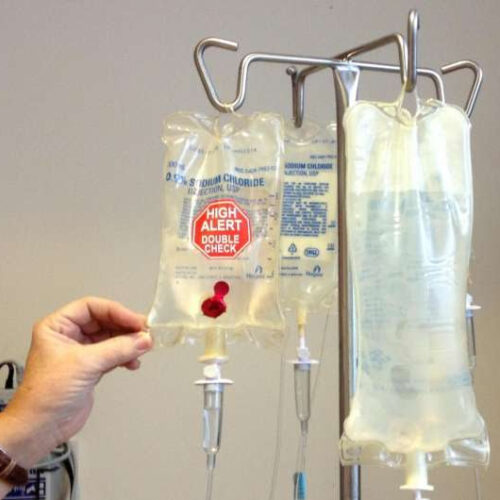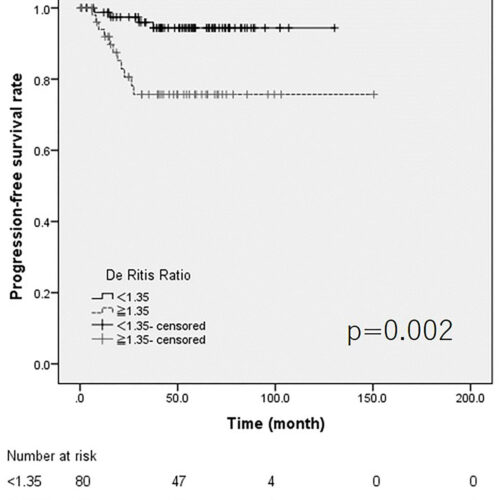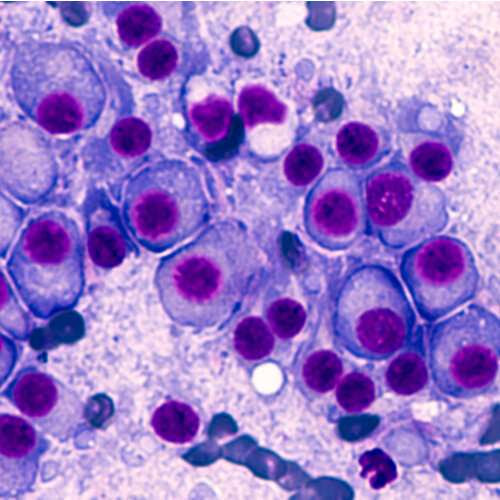by Elana Gotkine A higher self-reported frequency of adding salt to foods is associated with a higher risk for chronic kidney disease (CKD) in the general population, according to a study published online Dec. 28 in JAMA Network Open.Rui Tang, M.P.H., from Tulane University in New Orleans, and colleagues examined the association of self-reported frequency...
Tag: <span>high risk</span>
Fixed-duration ibrutinib plus venetoclax may benefit patients with high-risk chronic lymphocytic leukemia
by American Association for Cancer Research Credit: CC0 Public Domain First-line ibrutinib (Imbruvica) plus venetoclax (Venclexta) led to high response and survival rates in patients with chronic lymphocytic leukemia (CLL) whether or not their cancer harbored high-risk genetic features typically associated with poor outcomes, according to results recently published in Clinical Cancer Research. Patients with high-risk CLL, defined by...
Nearly half of patients at high risk for lung cancer delayed screening follow-up
by American Thoracic Society Most patients at high risk failed to do lung cancer screening follow-up. Credit: ATS The first study to look at follow-up for patients deemed at high risk for lung cancer after CT screening found that 47 percent delayed follow-up care, according to research published at the ATS 2022 international conference. “The...
Oncotarget: Progression in high-risk non-muscle invasive bladder cancer
IMPACT JOURNALS LLC IMAGE: THE KAPLAN MEIER CURVE FOR PROGRESSION. CREDIT: CORRESPONDENCE TO – TAKASHI KAWAHARA – [email protected] Oncotarget published “A higher De Ritis ratio (AST/ALT) is a risk factor for progression in high-risk non-muscle invasive bladder cancer” which reported that a recent study revealed that a high De Ritis ratio was a risk factor in some...
Research breakthrough for high-risk blood cancer patients
by Candy Gibson, University of South Australia Cells indicating multiple myeloma, the second most common blood cancer. Credit: University of South Australia South Australian researchers are hoping to improve the outcome of patients with multiple myeloma after identifying a new protein associated with the most aggressive form of the disease. A team from the University of South Australia...
Handgrip strength shown to identify people at high risk of type 2 diabetes
Findings demonstrate handgrip strength could be a cost-effective early screening tool A simple test such as the strength of your handgrip could be used as a quick, low-cost screening tool to help healthcare professionals identify patients at risk of type 2 diabetes. In new research, scientists at the universities of Bristol and Eastern Finland measured...
High risk for diabetes usually coincides with the high risk for heart disease, but not because of sugar
It is a frightening thing to hear that you are at a high risk for diabetes. However, doctors around the world have to say that every day to thousands of people. This diagnosis comes with a whole lot of other issues, such as a high risk for heart disease. But why – is it the...





